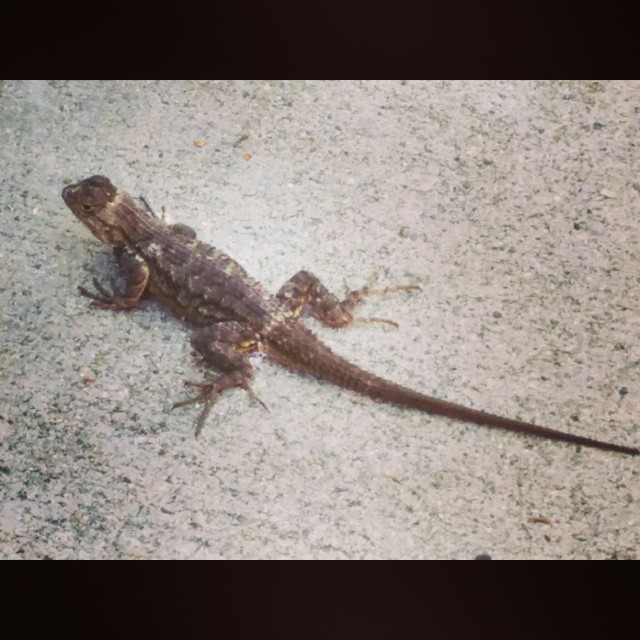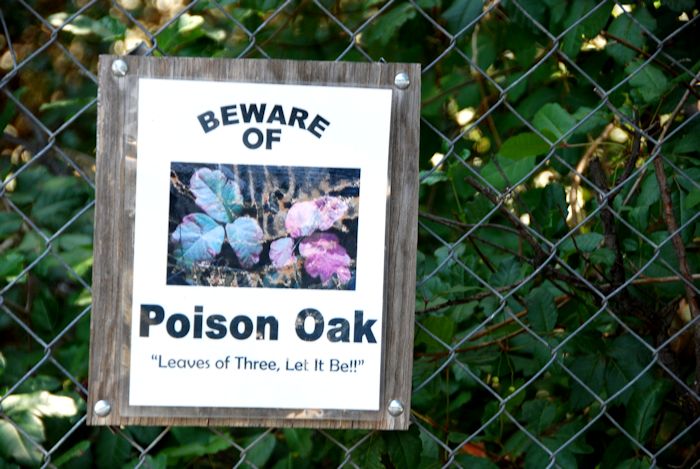The most tiring piece of advice that you can receive when you live with depression is “Get some exercise!” There’s merit in the suggestion, but the nature of the condition is such that getting out of your bed and onto your feet can be difficult. The accusation that melancholy is due to laziness wraps its sufferers in a ball of stigma that takes some effort to escape. Buying into the belief that your sickness is due to your stubborn unwillingness to do anything traps you in a downward spiral of self doubt and anxiety.
The advice is overstated. Research shows that exercise has a moderate effect on depression. You’re not inflicting your depression on yourself by not exercising, it seems, but the lack of desire to exercise is one of its symptoms.
Those who want to help us who live with depression or bipolar disorder need to understand that we cannot just throw aside the crutches of our coping with the illness and start to walk again. I would urge helpers and caretakers to review this helpful publication from the Depression and Bipolar Support Alliance before proceeding with this blog post. Sufferers stay with me. I have secrets to impart.




